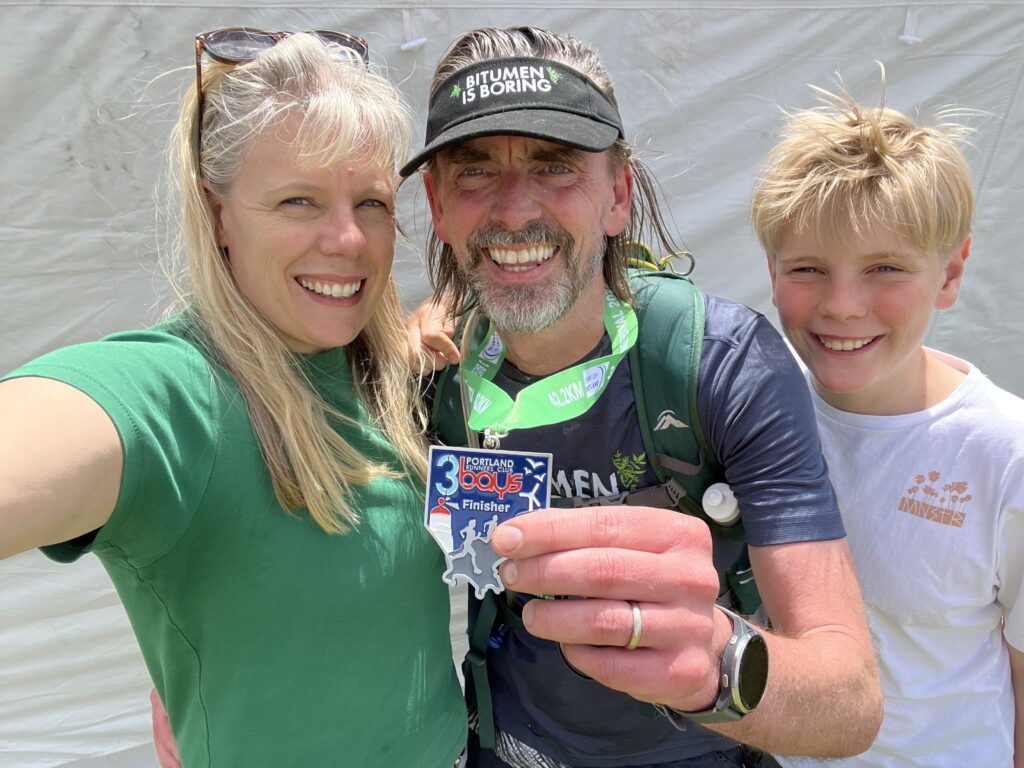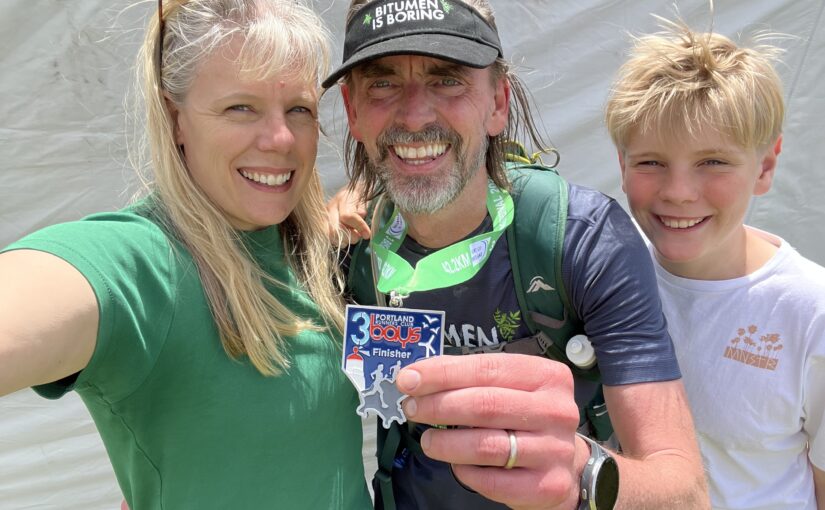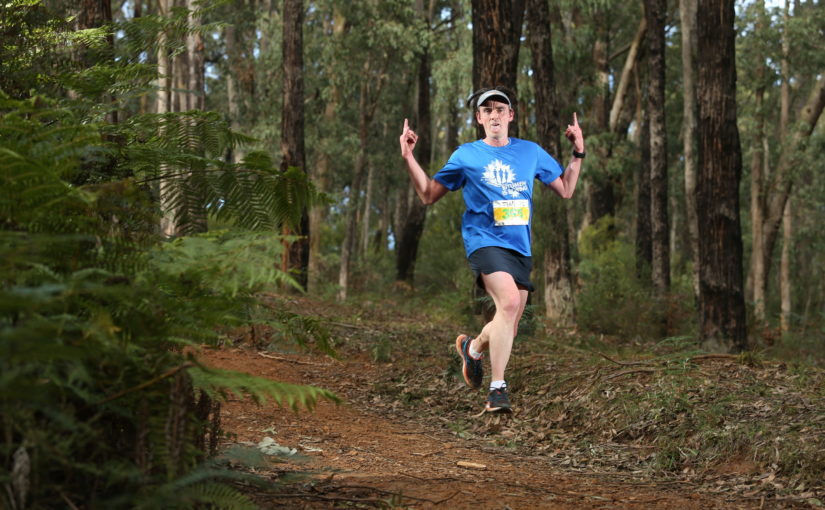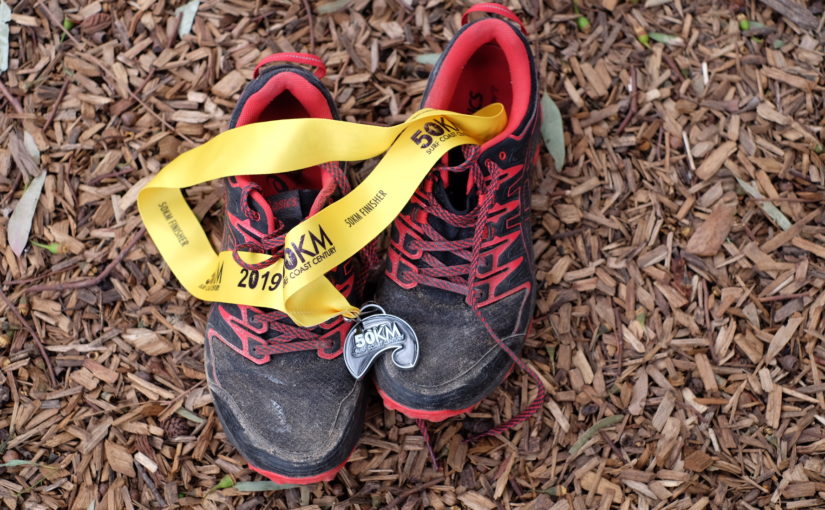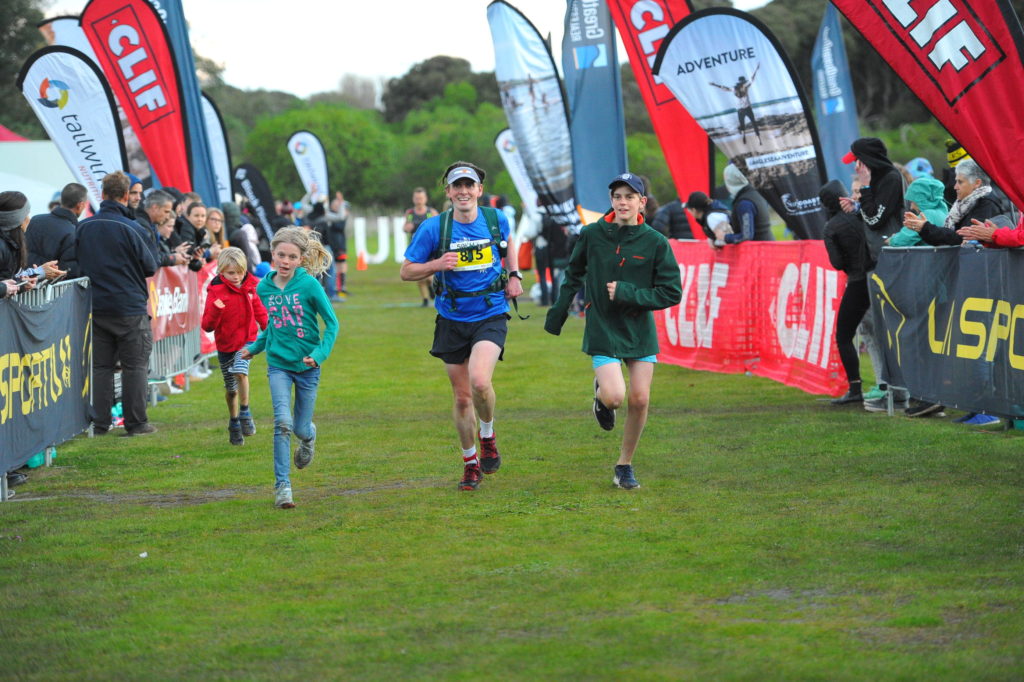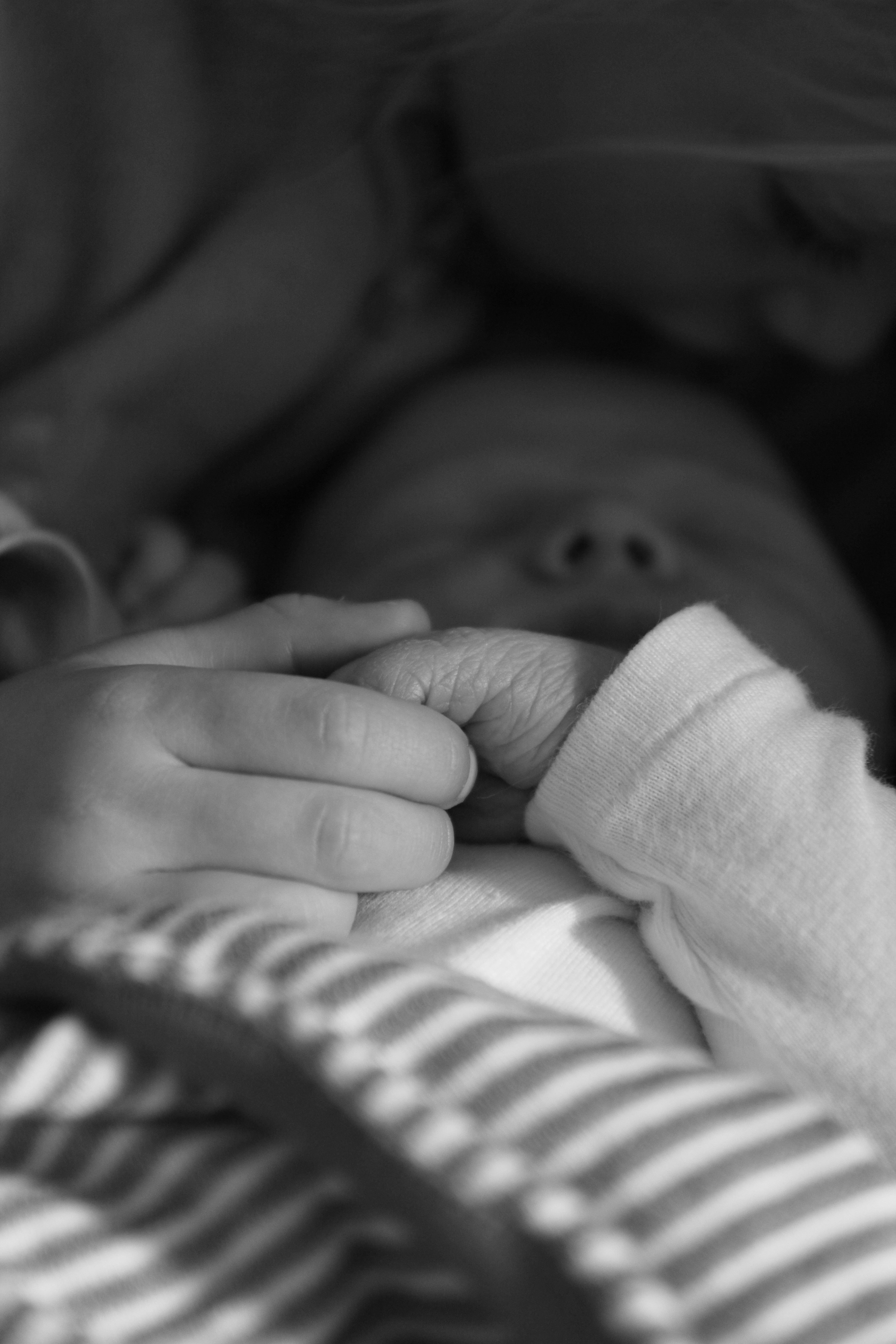I can still remember being in my 20’s when the ‘effort to fitness ratio’ was like the early days of crypto, even the slightest investment seemed to yield results.
In my 30’s it became more like a good slow-cooked meal, sure it took more time and preparation, but you always knew it was going to be worth it.
My late 40’s feel very much like I’m running on a treadmill while someone slowly increases the pace, so that I’m having to work harder and harder just to stay in the same place.
So last year when I broke my toe and had to stop running for 6 weeks, I genuinely wondered if this was where my fitness journey ended. Any residual fitness was gone, and the weight was going on…so the treadmill that I had been struggling to keep up with was now going even faster, and if Instagram has taught me anything, it’s that jumping back onto that treadmill was going to see me fall flat on my face, have my pants pulled down, before being jettisoned to the back of the gym.
But sometimes, people jump onto the fast moving treadmill and actually manage to run at that pace, and the other people in the gym look over and think ‘Well I’m disappointed that they didn’t fall over…but that was pretty cool’. I decided I wanted to be one of those people, much more than the person trying to pull themselves off the gym floor, while also pulling their pants up, while also trying to act like they’re absolutely fine…so long long as there aren’t any security cameras that captured that happening. So I got back in contact with my coach from a few years ago, and started a program to get myself back to running.
Needless to say it was pretty crap for the first month or so, but after a few months I was was back to running 10kms comfortably, then after 5 months I was able to set a PB for Parkrun, then I was able to set a PB for the 10km, then I was back to running 20kms comfortably. The person turning up the pace on the treadmill was looking pissed off, as suddenly I was back on pace. Was I looking ripped? No. Was there any chance of a six-pack? No. But, was I feeling good about myself? Yes. So I decided to bite off a bit more than I could chew, and signed up for the Portland marathon.
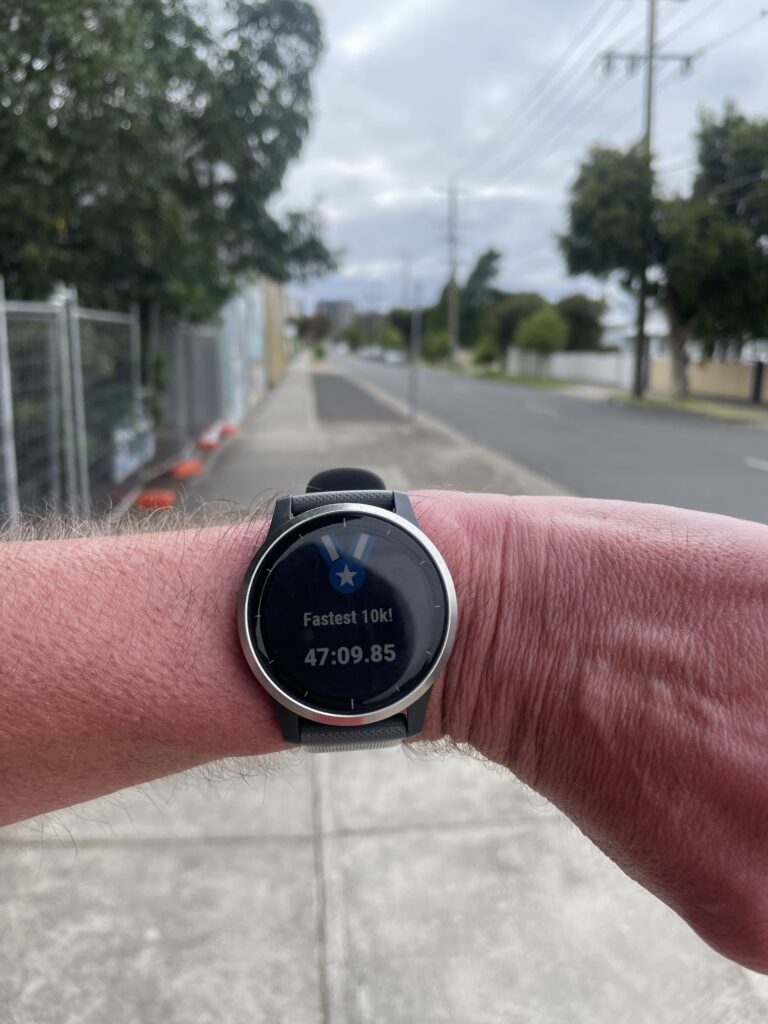
The race itself
There is an old cliche that a marathon is basically two races, the first is to about the 35km mark, and the second is the remainder. The annoying thing about old cliches, is that they’re often right, and this was definitely my experience with Portland.
The first 15km or so was along rolling hills and into a pretty stiff headwind. I was sitting on about 5.45 (minutes per km) pace, which was slower than I’d hoped, but I felt comfortable.
At the 15km mark the hills kept rolling, but we headed inland and so were no longer running into the wind, and at the 21km mark I hit the big climb of the race. While I don’t have many tricks up my sleeve, running up hills is something I’m very comfortable with, so I was able to make up quite a few places on that climb.
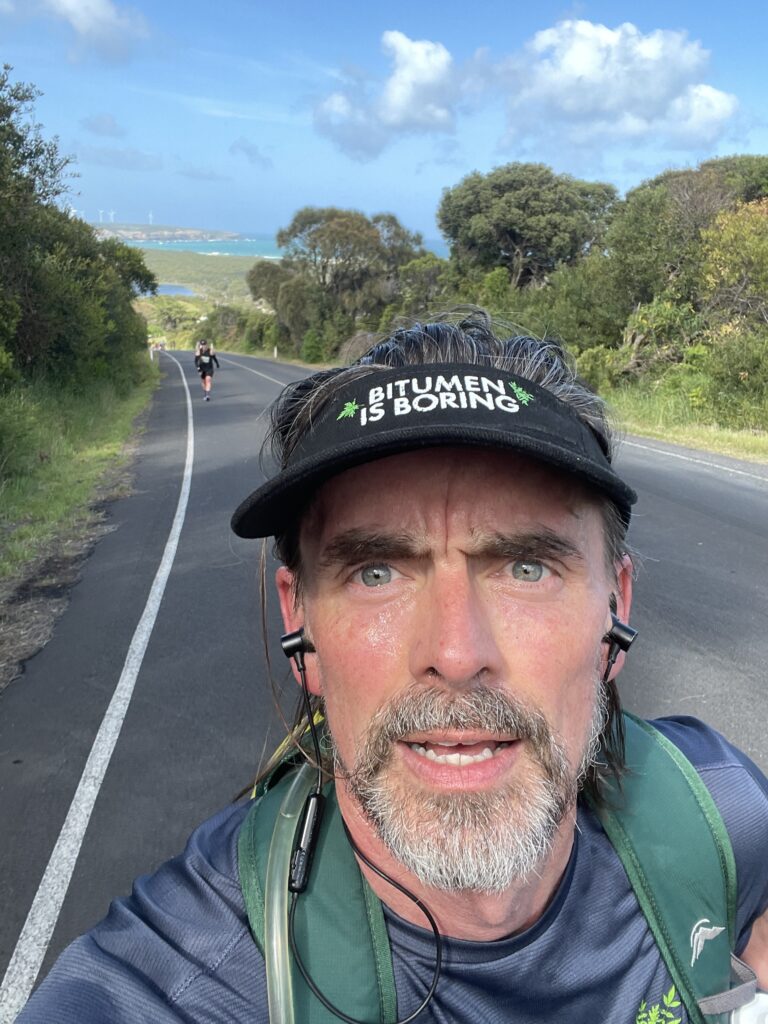
We were then onto the dreaded ‘Cashmore straight’, which is pretty much a dead-straight road from 25kms-32kms, but on the bright side, we had a tailwind. There are quite a few other events as part of the day, including a marathon walk (that starts two hours earlier than the marathon run) and a schools relay (where kids run for 2-5 kms then pass the baton to another kids who runs the next section). So this section was pretty entertaining as there were people walking because they were walking the whole thing, there were people walking because they had gone out too hard in the run, and there were primary school aged children constantly scampering past, then being loaded onto a mini bus as they finished their section.
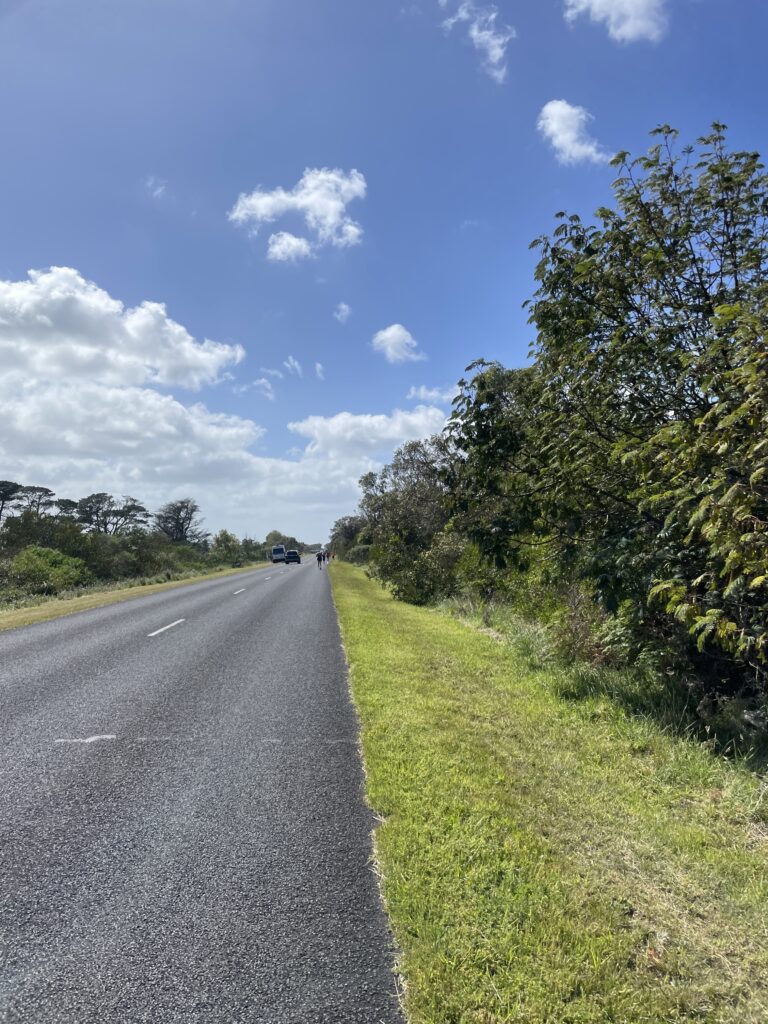
All of which provided a great distraction from the fact that my legs were starting to get pretty tired.
36kms through to the finish
At 36kms the mind games really began. I mean, sure I had 6kms to go…but really, the last 1km is downhill with the finish in sight, so I actually only had a ‘Parkrun’ to go! Then at 37kms I really only had ‘Parkrun’ to go. Throughout the run I’d been checking my watch to see how far I’d run. I would regularly check and be happy to see that a few kms had passed since I last checked. At about the 38km mark I checked my watch, then ran for what felt like 3 hours, and checked my watch again hoping I was magically at the 39km or 40km mark…I was at the 38.25km mark. This was not going well. Deep down I knew I was going to make it, but that didn’t mean I was going to enjoy getting there.
At the 40km mark we basically turned onto the street that was going to deliver us to a down hill run to the finish line. I had gone into the run with the aim of getting through the race, and ideally running within myself so that I always felt like I had a tiny bit left in the tank for the finish…I had also hoped I could beat 4h15m…and in a perfect world, beat 4h10m. I had turned into the last 2km at pretty much 4 hours, so if I could just do the last 2kms at better than 5-minute pace, I would make it under 4h10m.
I had created a playlist for the marathon that I had been listening to on ‘shuffle’. I had quite a few bangers on there, but also some longer ‘you’re running for 7kms in a straight line, let’s not get overexcited’ type songs. As I started on the final stretch, and into a headwind, I really needed something to fire me up. I needed the next song to be Amyl and the Sniffers, or QOTSA, or Sonic Youth, I needed ROCK!!!
Instead ‘Texas Sun’ by Khruangbhin started…a song I love, but also a song Katie and I tend to play as people arrive to have a meal at our place. ‘Pre-dinner drinks’ was not the vibe I was hoping for, so I took my headphones off and set sail for home.
I had seen photos from last year’s race and assumed the race finish would be in the same spot, but as I crested the hill down to the finish, I could see that the finish line was actually in a different spot. That was fine as it basically the same distance away, just down off the main road and in an adjoining park. No worries. But as I got close to the road that I has assumed would take me down to the finish, I could see witches hats blocking it. ‘OK’ I thought…’they’re going to make us go down the stairs, that seems brutally unfair, but so be it’. But then the steps were also witches-hatted off, and I realised to my horror that I actually had to run around the park in order to reach the finish chute.
Now, to be clear, this additional distance was only about 250m…and it wasn’t even ‘additional distance’, it was just more than I had mentally prepared for…but they may as well have said ‘Soz, we forgot to start your timing chip, so you’re going to have to run the whole thing again’ for what it did to my mental state.
If I’m honest, a big reason I like to do these endurance events, is to see how I deal with ‘the darker moments’. Those times when your mind says, ‘That’s it! We’re done.’ There are so many times in everyday life when you’re faced with lesser versions of this, so it’s really good practice to see what you do when it feels like everything is on the line.
Now clearly, everything was not on the line. I was less than 200m from the finish line…I was going to make it…but if I could just do it in less than a minute, I would break the arbitrary and unnecessary goal of breaking 4h10m. Thankfully, at that moment Xavier ran alongside me, and so we ran together until the final 50m to the finish line. I high-fived the kids in the finishing chute, I heard the race announcer call me across the line, and stopped my watch…4h9m46s.
Done.
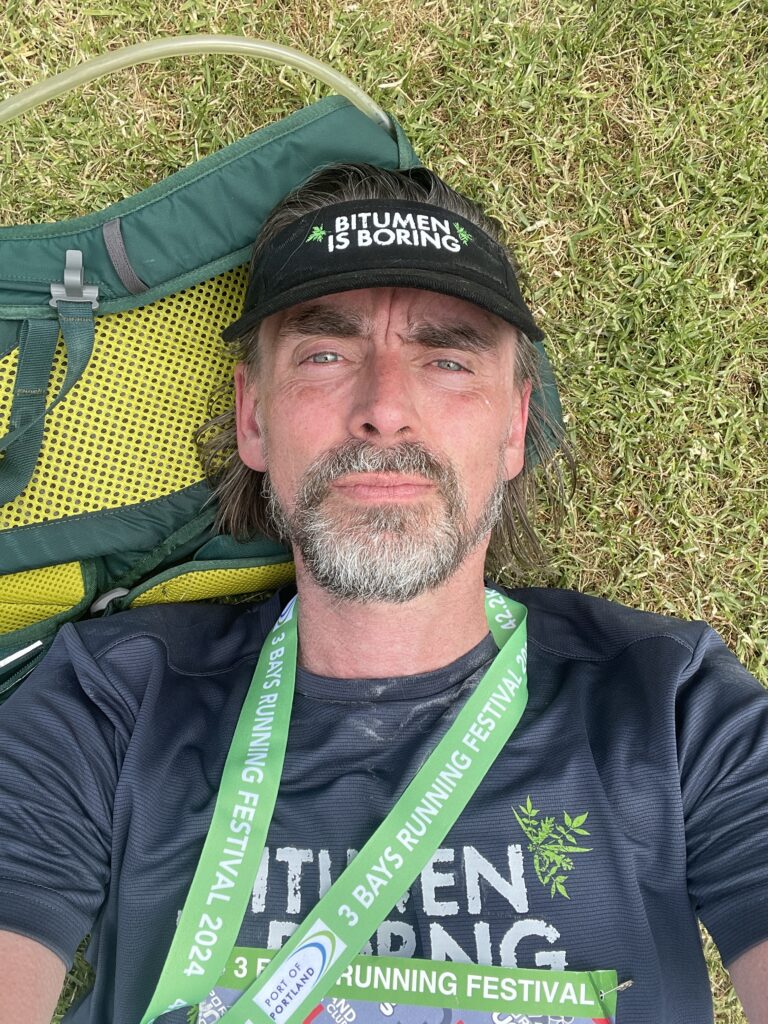
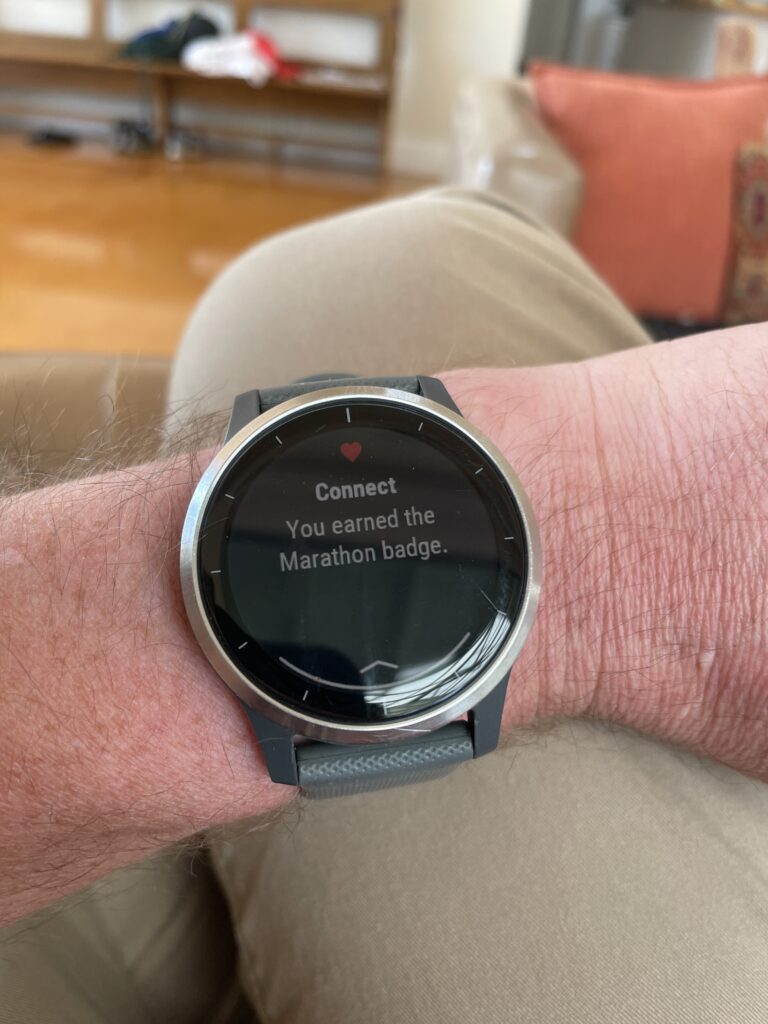
I can remember someone once telling me how bad running a marathon is for the body (ironically, they told me this while drinking a glass of wine at lunch), and I agree, it’s not something I want to do regularly…or maybe even ever again. But I do want to keep running just a bit faster than that treadmill, so that I know that a marathon is always within my grasp.
